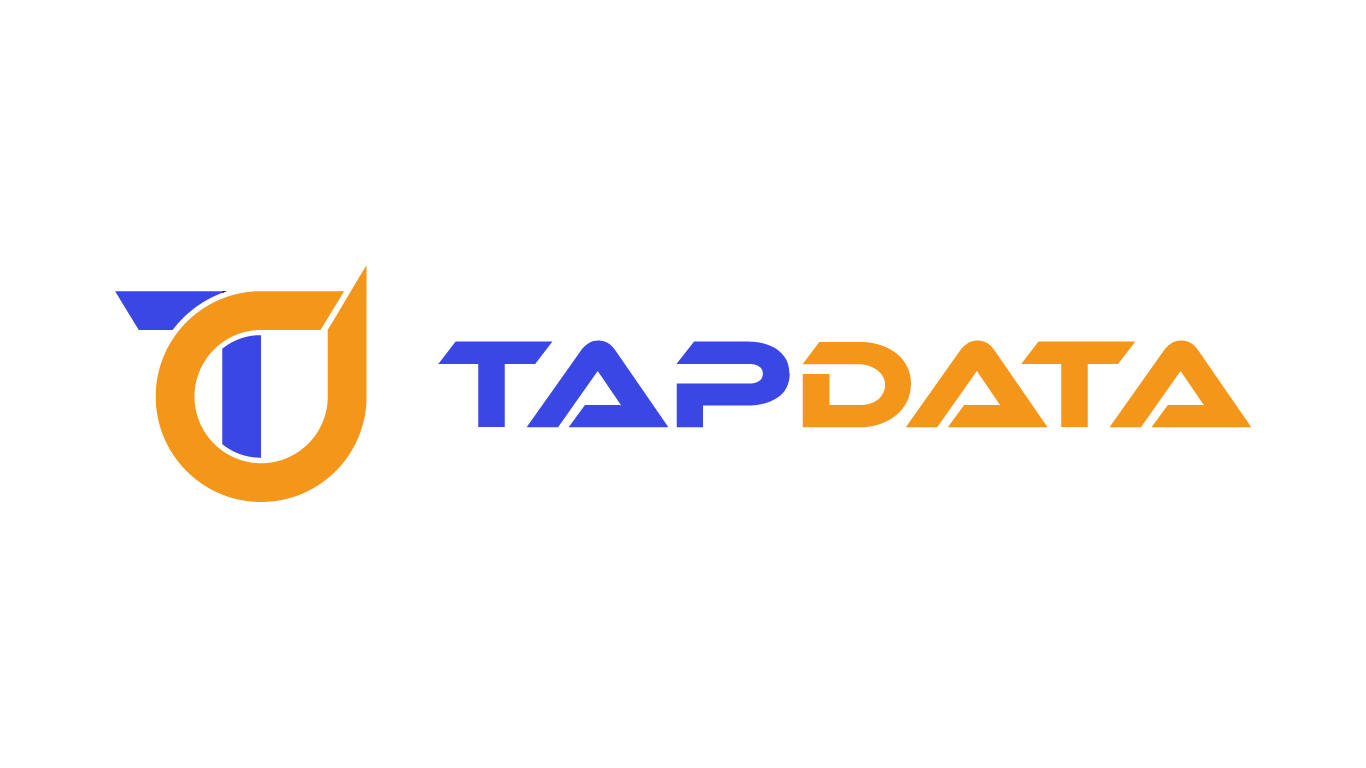How to Safeguard Data Integrity During Integration

In today's digital landscape, ensuring data integrity during data integration is crucial. Data integrity refers to the accuracy and consistency of data over its lifecycle. When you integrate data, maintaining its integrity becomes vital. Compromised data integrity can lead to severe consequences, including financial losses and reputational damage. For instance, in 2022, data breaches cost businesses an average of $4.35 million. Moreover, human errors contribute to 95% of cybersecurity breaches. These statistics highlight the importance of safeguarding data integrity during data integration to protect your organization from potential risks.
Understanding Data Integrity
Definition and Importance
Data integrity refers to the accuracy, consistency, and reliability of data throughout its lifecycle. You must ensure data integrity to maintain trust in your data-driven processes. When you integrate data from various sources, preserving its integrity becomes essential. This practice not only supports accurate decision-making but also helps in complying with regulatory standards. According to research, maintaining data integrity is crucial for business viability and success. It ensures that the information you rely on remains accurate and reliable, which is vital for any data science workflow.
Key Components of Data Integrity
Accuracy
Accuracy ensures that the data you use is correct and free from errors. When data is accurate, it reflects the real-world scenario it represents. Inaccurate data can lead to flawed analyses and poor decision-making. For instance, if you rely on inaccurate sales data, you might misjudge market trends and make costly business decisions. Therefore, maintaining accuracy is a fundamental aspect of ensuring data integrity.
Consistency
Consistency means that data remains uniform across different systems and platforms. When you integrate data, consistency ensures that the same data values are used throughout the process. Inconsistent data can cause confusion and lead to incorrect conclusions. For example, if customer information varies between databases, it can result in poor customer service and loss of trust. Ensuring consistency is vital for maintaining data integrity during integration.
Reliability
Reliability refers to the dependability of data over time. Reliable data is stable and can be trusted for long-term use. You need reliable data to make informed decisions and plan future strategies. Unreliable data can lead to unexpected outcomes and undermine confidence in your data systems. By focusing on reliability, you contribute to the overall integrity of your data.
Challenges in Data Integration

Data integration presents several challenges that can threaten the integrity of your data. Understanding these challenges is crucial for ensuring data integrity throughout complex system integrations.
Data Type Complexities
When integrating data from various sources, you often encounter diverse data types. Each source may use different formats, structures, or standards. This diversity can complicate the integration process. For example, one system might store dates in a "MM/DD/YYYY" format, while another uses "YYYY-MM-DD." Such discrepancies can lead to errors if not properly managed. To address these complexities, you should employ data validation techniques. These techniques help ensure that data conforms to expected formats and values, thus maintaining data integrity.
System Compatibility Issues
System compatibility is another significant challenge in data integration. Different systems may have varying capabilities, protocols, or technologies. These differences can hinder seamless integration. For instance, legacy systems might not support modern data formats or protocols, creating bottlenecks. To overcome these issues, you need to focus on system integrations that prioritize compatibility. This involves using middleware or APIs that facilitate communication between disparate systems. By doing so, you can ensure data integrity and smooth data flow across platforms.
Human Error and Its Impact
Human error remains a prevalent threat to data integrity during integration. Mistakes can occur at any stage, from data entry to processing. These errors can lead to inaccurate data, affecting decision-making and compliance with data privacy regulations. For example, a simple typo in a database entry can propagate errors throughout the system. To mitigate this risk, you should implement data integrity best practices. These include regular training for staff, automated data validation, and robust auditing processes. By minimizing human error, you enhance the reliability and accuracy of your integrated data.
Best Practices for Data Integrity

Implementing Data Governance
Implementing data governance is crucial for ensuring data integrity during complex system integrations. You need a structured framework to manage data assets effectively. This framework includes policies, procedures, and standards that guide how data is handled. By establishing clear data governance, you can protect against data integrity threats and maintain data quality.
"Strict data governance standards, encryption mechanisms, and regular security audits are critical for reducing these threats."
Data governance also involves assigning roles and responsibilities to ensure accountability. You should designate data stewards who oversee data management and compliance with data privacy regulations. This approach helps in safeguarding sensitive information and adhering to legal requirements. By implementing robust data governance, you create a foundation for maintaining data integrity throughout the integration process.
Utilizing Validation Techniques
Utilizing data validation techniques is essential for maintaining data integrity. These techniques help in verifying that data meets predefined criteria before integration. You should focus on validating input to ensure that data conforms to expected formats and values. This step prevents errors and inconsistencies from entering your systems.
"Regular audits help in identifying and rectifying any inconsistencies or errors in the data."
Data validation techniques include checks for data type, range, and format. You can use automated tools to perform these checks efficiently. By incorporating validation techniques, you enhance the reliability of your data and support accurate decision-making. This practice is a key strategy for ensuring data integrity during complex system integrations.
Leveraging Automated Tools
Leveraging automated tools is a powerful strategy for ensuring data integrity. These tools can monitor data flow and alert you to potential issues in real time. Automation reduces the risk of human error and enhances the efficiency of data integration processes. You should use tools that support data validation, auditing, and monitoring.
"Monitoring, on the other hand, is about keeping a watchful eye on the data flow continuously, using tools that can alert you to any irregularities or potential issues in real time."
Automated tools also facilitate seamless system integrations by bridging compatibility gaps between different platforms. They enable you to maintain data integrity by ensuring consistent data flow across systems. By leveraging automation, you can focus on strategic tasks while ensuring data integrity remains intact.
Protect and Elevate Your Data Integrity with TapData
Ready to ensure unparalleled data accuracy, consistency, and reliability during integration? TapData provides advanced solutions for real-time synchronization and automated validation, safeguarding your data integrity across every platform.
👉 Get started with TapData today to fortify your organization's data integrity.
Overcoming Common Pitfalls in Data Integration
Navigating the complexities of data integration requires vigilance and strategic planning. You must address common pitfalls to ensure data integrity during complex system integrations. These challenges can disrupt your processes and compromise data quality if not managed effectively.
Addressing Data Synchronization Issues
Data synchronization is crucial for maintaining consistency across systems. When integrating data, you often face synchronization challenges that can lead to discrepancies. For instance, if data updates occur at different times in various systems, it can result in outdated or conflicting information. To tackle this, you should implement robust synchronization protocols. These protocols ensure that all systems reflect the most current data, reducing the risk of errors.
Best Practices for addressing synchronization issues include:
Implementing real-time data synchronization: This ensures that changes in one system immediately reflect in others.
Using automated tools: These tools can monitor synchronization processes and alert you to any discrepancies.
Regular audits: Conducting audits helps identify and rectify synchronization issues promptly.
By focusing on these strategies, you enhance data integrity and maintain seamless data flow across platforms.
Ensuring Real-Time Data Updates
Real-time data updates are essential for accurate decision-making. In complex system integrations, ensuring that data remains current can be challenging. Delays in data updates can lead to outdated information, affecting your ability to respond to changes swiftly. To overcome this, you should prioritize real-time data processing.
Strategies to ensure real-time updates include:
Leveraging automated data integration tools: These tools facilitate real-time data processing, minimizing human intervention.
Establishing clear data governance frameworks: These frameworks guide how data updates occur, ensuring compliance with data privacy regulations.
Fostering a culture of data accuracy: Encourage your team to prioritize data accuracy and stay vigilant against potential threats.
By adopting these approaches, you ensure data integrity and enhance your organization's ability to adapt to changes quickly.
Continuous Improvement in Data Integrity
Continuous improvement in data integrity is essential for maintaining the reliability and accuracy of your data. By adopting a mindset of ongoing enhancement, you can ensure that your data remains trustworthy and valuable. This approach involves regular monitoring and auditing, as well as adapting to technological advancements.
Monitoring and Auditing Data Integrity
Monitoring and auditing play a crucial role in ensuring data integrity during complex system integrations. Regular audits help you identify discrepancies and rectify them promptly. By keeping an audit trail, you can track changes and maintain transparency in your data processes. This practice not only supports compliance with data privacy regulations but also enhances data security.
Key Steps for Effective Monitoring and Auditing:
Conduct Regular Audits: Schedule audits to review data processes and identify potential threats.
Implement Real-Time Monitoring: Use automated tools to monitor data flow and detect irregularities.
Maintain an Audit Trail: Keep detailed records of data changes to ensure accountability and transparency.
"Conducting regular data audits and monitoring is a proactive strategy for ensuring data integrity," says IT professionals. By fostering a culture of data accuracy, you can minimize errors and enhance the reliability of your data.
Adapting to Technological Advancements
Adapting to technological advancements is vital for maintaining data integrity in today's rapidly evolving digital landscape. New technologies offer innovative solutions for data integration and management. By staying informed about these developments, you can leverage them to enhance your data processes.
Strategies for Adapting to Technological Advancements:
Stay Informed: Keep up with the latest trends and technologies in data integration and system integrations.
Invest in Training: Provide training for your team to ensure they are equipped to handle new technologies.
Leverage Automation: Use automated tools to streamline data processes and reduce the risk of human error.
By embracing technological advancements, you can improve your data integrity best practices and ensure that your data remains accurate and reliable. This proactive approach helps you stay ahead of potential threats and maintain the integrity of your data during complex system integrations.
In conclusion, ensuring data integrity during data integration is essential for your organization's success. By following data integrity best practices, you can prevent potential threats and maintain the accuracy, consistency, and reliability of your data. Regularly backing up data and keeping an audit trail are crucial steps in this process. Additionally, using access controls and access restrictions helps in ensuring cybersecurity and data security. As you navigate complex system integrations, remember that maintaining data integrity is an ongoing effort. Stay vigilant, adapt to new challenges, and comply with data privacy regulations to safeguard your data.
See Also
Exploring Data Integration Strategies To Drive Business Success
Navigating Obstacles When Using Reverse ETL For Integration
Top Cloud ETL Solutions For Effective Data Integration

